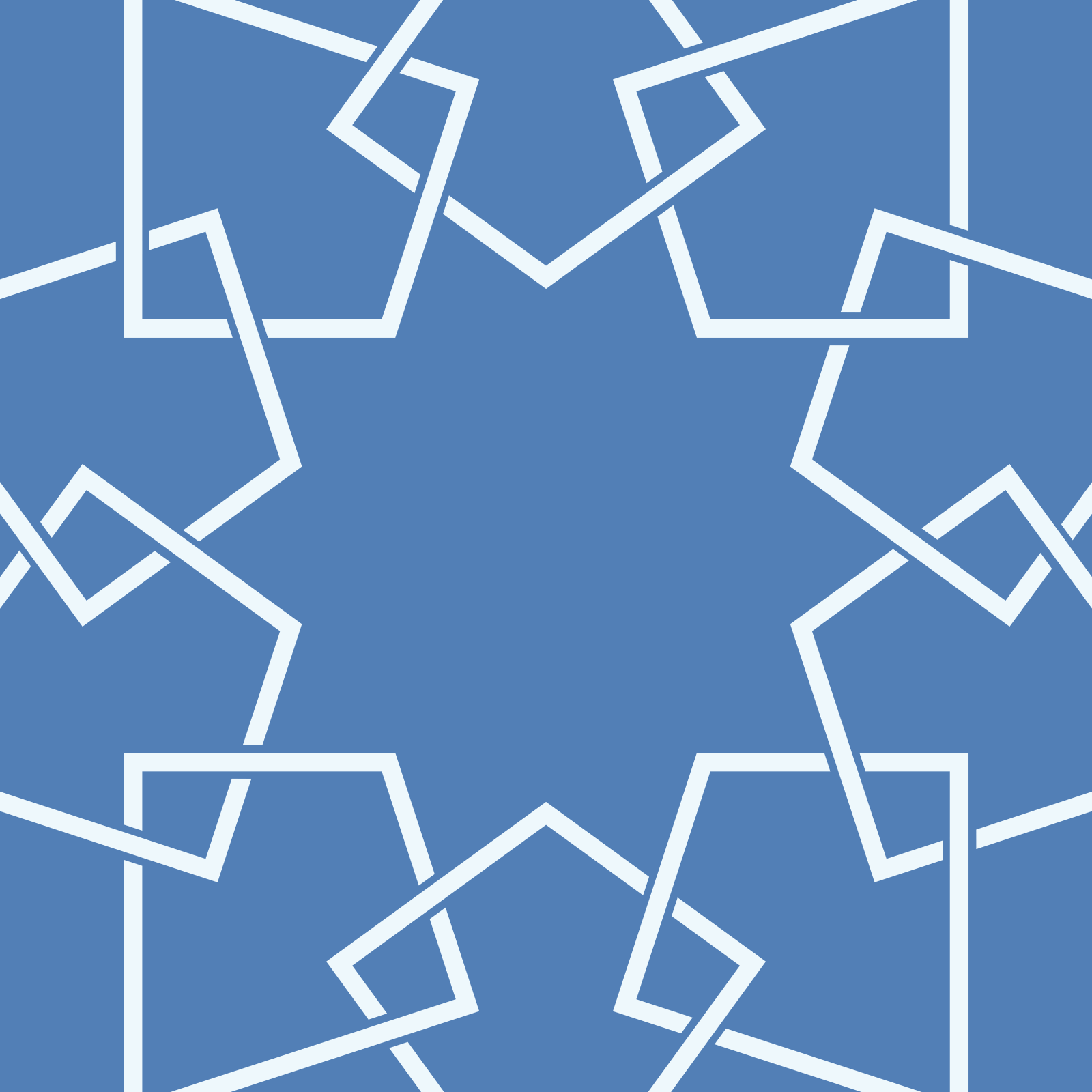Lessons from innovation in Turkey’s hijab market
Driven by successful hijab and modest clothing global brands such as e-commerce companies Modanisa and SefaMerve, Turkey is leading the modest clothing market driven by its Muslim consumer clothing spending power worth $24 billion in 2014, which accounts for approximately 10 percent of the estimated global Muslim spend on clothing.
The modest clothing market boomed after the end of the headscarf ban, which lasted decades until 2010 in universities, government offices and even in many big private sector companies.
Turkish women, who have always been active members of public and business life as well as academia, are now creating a huge demand for modest clothing. 75 percent of the more than 20 million conservatively-dressed women in Turkey live in large cities and are a key demographic market for modest clothing brands.
“This sector is evolving absolutely by innovation. There were only three products in the market 10 years ago, which were chador, overcoats and long skirts. But now, you can adapt everything for modest wearing, from stylish abaya concepts to beach wear. It is especially the young and educated Muslim women who ask for innovative products,” says Derya Seyhan Kaya, Head of Marketing at online clothing brand Kayra.
| YOUR PAIN POINTS ADDRESSED | ASK YOURSELF | |
|
SCENARIO 1: You are the CEO of an SME in the modest fashion industry manufacturing high-end products, and want to develop a clothing line that targets highly educated, high-earning Muslim women. Scenario 2: You are a business development executive at an international fashion company trying to revive growth through a modest fashion clothing line. How do you go about it? |
How can you develop a winning, innovative modest fashion brand? |
How important is modesty to customers? |
| How do we innovate in modest fashion? | ||
| What are some of the challenges with innovation? | ||
SUCCESSFUL INNOVATION
Old sports bonnets were giving wearers headaches and were also not designed to keep off perspiration because of the way their bands were stitched in place. To solve these problems SefaMerve redesigned the bonnet without any stitching. The redesigned $2.50 sports bonnet went on to sell 0.7 million units within a year.
“Our focus was not the fashion or latest trends. We saw a real need that our sisters were suffering when they wanted to engage in sports with their husbands. They were sitting and waiting for their husbands or feeling ashamed if they engaged in sports by wearing conventional modest clothes, which were visibly showing sweat,” says Oya Okur Erciyes, co-founder and CEO of SefaMerve, who is also the developer of the redesigned bonnet.
SefaMerve’s success with the sports bonnet spurred them on to develop a range of modest sportswear. “Our R&D and design team have developed sweatsuits without compromising on Islamic principles. Now, even the female basketball team players wear our modest sport suits in Saudi Arabia and we are the clothing sponsor of three Muslim sportswomen for the Rio 2016 Olympics,” says Erciyes.
“Currently, we are working on bonnets that will include Vitamin E capsules to prevent hair loss and sweat,” says Erciyes.
REACHING THE MARKET
Engage the customer on social media.
Turkey’s online clothing companies are using Facebook to their advantage. SefaMerve has 4.2 million followers, followed by Kayra with 3.1 million, Modanisa with 2 million, Zühre with 1.9 million, Tu?ba has 1.8 million, Armine has 1.1 million, and Aker has 0.6 million.
SefaMerve has engaged customers effectively on social media and as a pure e-commerce company with 4.2 million Facebook followers, it has brought in more than $20 million in annual revenue within two to three years of starting operations. The company uses analytics to track Facebook discussions and social media posts.
“The biggest communication channel between us and our customers is Facebook. Our Research & Development team has an organic connection with customers one-on-one for both gathering feedback and tracking our shortfalls. Then, the innovation comes up,” says Erciyes.
| MUSLIM CLOTHING MARKET: TURKEY VS GLOBAL (2014, USD billions) |
|
 |
|
| Source: State of the Global Islamic Economy Report 2015-16, Thomson Reuters in collaboration with DinarStandard |
CHALLENGES FOR GLOBAL BRANDS
Global fashion brands struggle to understand the nuanced needs of Muslim women consumers. Some experts say it is a challenge for global brands to compete with local companies because they don’t know how to innovate in this sector, yet.
However, there has been a handful of global brands that have already entered this market, including DKNY, Tommy Hilfiger and Uniqlo.
“Global brands don’t have enough experience and know-how which we already have. We are superior when it comes to understanding conservative Muslim wearer’s needs by addressing them on the ground,” says co-founder and Chairman of SefaMerve, Mehmet Metin Okur.
| RECOMMENDED ROADMAP TO BUILDING AN INNOVATIVE BRAND |
Understand Muslim women’s religious needs in the context of her daily social environment.
|
Partner with R&D teams.
|
Use the power of social media.
|
© Copyright SalaamGateway.com 2015

Yakup Kocaman, DinarStandard Senior Associate